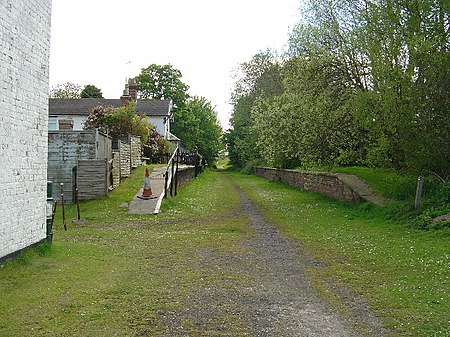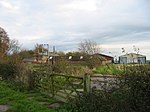Kiplingcotes railway station
Beeching closures in EnglandDisused railway stations in the East Riding of YorkshireFormer North Eastern Railway (UK) stationsPages with no open date in Infobox stationRailway stations in Great Britain closed in 1965 ... and 3 more
Railway stations in Great Britain opened in 1865Use British English from December 2016Yorkshire and the Humber railway station stubs

Kiplingcotes railway station was a minor railway station on the York–Beverley line, in the East Riding of Yorkshire, England. It opened on 1 May 1865 and served the nearby village of Kiplingcotes. It was built originally for the personal use of a local landowner and MP, Lord Hotham, as an incentive for him to allow the railway to pass through his estates. The station closed after the last train ran on 27 November 1965 along with the rest of the line. The station building, platforms and signal box survive unaltered, as does the station master's house.
Excerpt from the Wikipedia article Kiplingcotes railway station (License: CC BY-SA 3.0, Authors, Images).Kiplingcotes railway station
Hudson Way,
Geographical coordinates (GPS) Address Nearby Places Show on map
Geographical coordinates (GPS)
| Latitude | Longitude |
|---|---|
| N 53.8826 ° | E -0.5905 ° |
Address
Hudson Way
Hudson Way
YO43 3LY , Etton
England, United Kingdom
Open on Google Maps










